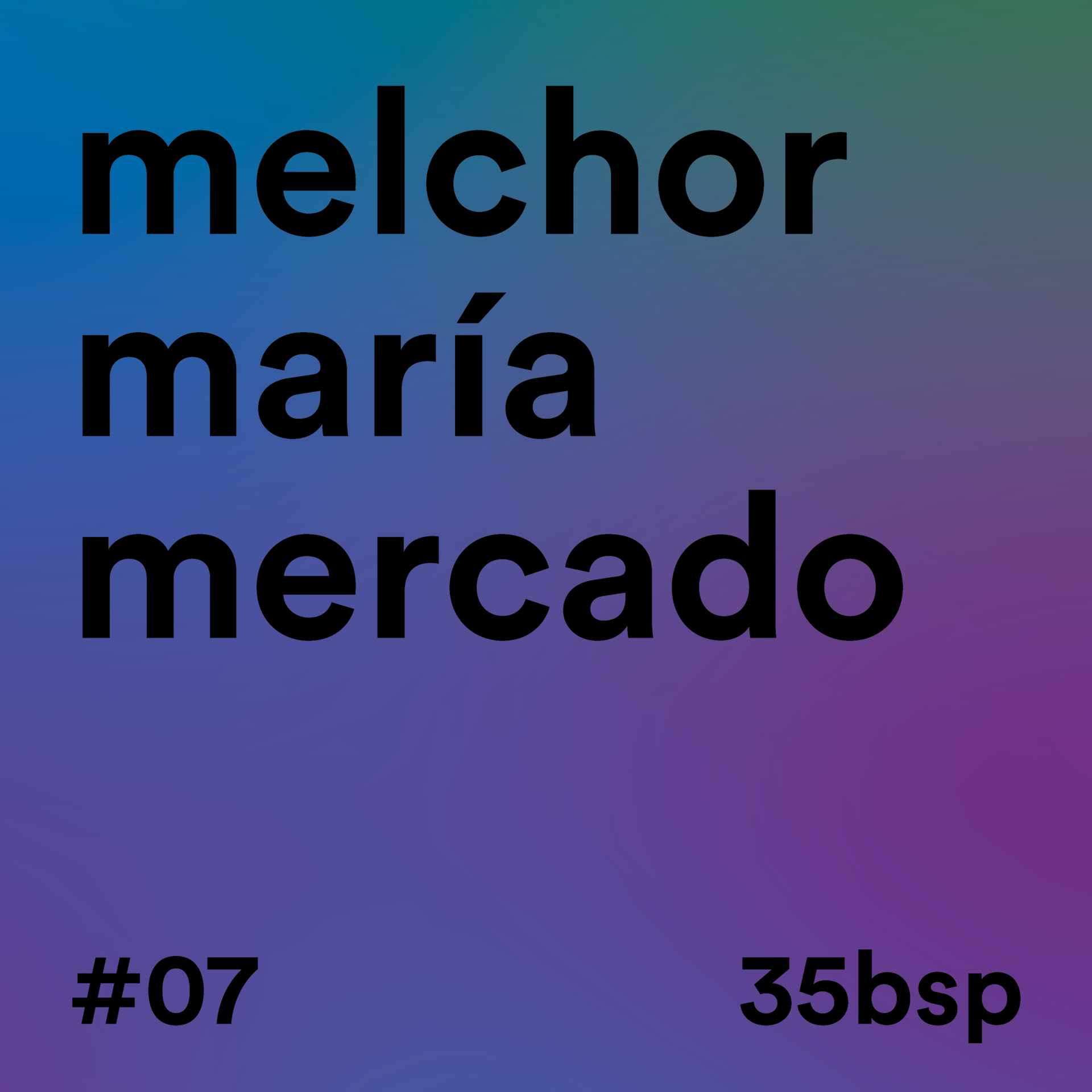
Melchor María Mercado
We arrive at a closed room with bright red walls. The room is dedicated to the work Álbum de paisajes, tipos humanos y costumbres [Album of landscapes, human types and customs] by the Bolivian artist Melchor María Mercado. On display are 70 illustrations, out of a total of 141, made with watercolor and colored ink on white paper. Each one measures 20.5 centimeters by 33 centimeters. They are arranged next to each other in showcases that are lit from the inside out. These showcases occupy the entire length of three walls in the room, forming a U-shape.
The watercolors were produced between 1841 and 1869, the period when the Republic of Bolivia began, although they were exhibited for the first time more than a century later, in 1991. At the time of their creation, reports on life in this country from a European perspective on the colonies predominated. Mercado’s illustrations are a valuable collection precisely because they set out to tell a story about Bolivia from the perspective of a Bolivian. After all, a story told by someone who lived it would be very different from the one told by the colonizers. As Beatriz Martínez-Hijazo says in this Bienal’s catalog, “going against traditional historiography and the prevailing neoclassical taste, Melchor María Mercado weaves other ways of ‘narrating the nation'”.
Melchor María Mercado was born in Sucre, Bolivia, in 1816 and died in 1871. Throughout his life, he worked in various scientific and artistic fields. His interest in painting, natural history and politics led him to travel to all regions of Bolivia, which made this important iconographic work possible.
The illustrations reveal aspects of Bolivian culture, architecture and nature: customs and habits of the people, especially popular characters in scenes from everyday life; details of their tools and instruments of work; typical costumes; artifacts from their festivities; cosmologies, myths and traditions. His work also evokes the natural environment, such as mountains, rivers, plants and animals, and rural and urban landscapes, such as cities, towns, gardens, churches and monuments. Here, those who were marginalized by colonial power become the protagonists of the narrative: navigators of Lake Titicaca, women “from the east”, blind people, cholas, mestizas, indigenous people, animals… A narrative by the Bolivian people for the Bolivian people.
It’s important to notice that some of the pictorial elements evoke fantastic realism and raise political reflections. In the illustrations, for example, it is common for noble colonizers to be depicted being beheaded; or for Bolivian communities to appear in a position of superiority to the colonizers. On the other hand, Mercado also reflects on human-animal relations, often reversing the positions – people being devoured by animals or in the position of beasts of burden.

 Português
Português